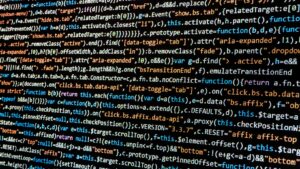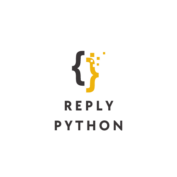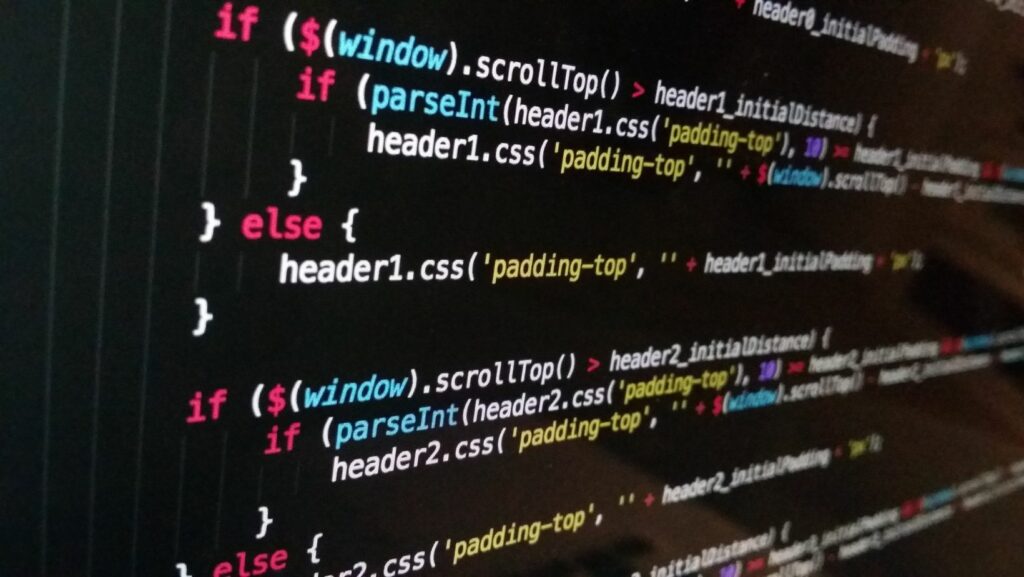 When it comes to optimizing solutions for complex problems, dynamic programming in Python emerges as a powerful tool in the realm of programming. It’s a technique that allows for efficient problem-solving by breaking down a larger problem into smaller, more manageable subproblems. By storing the results of subproblems and utilizing them later, dynamic programming significantly enhances the performance of algorithms.
When it comes to optimizing solutions for complex problems, dynamic programming in Python emerges as a powerful tool in the realm of programming. It’s a technique that allows for efficient problem-solving by breaking down a larger problem into smaller, more manageable subproblems. By storing the results of subproblems and utilizing them later, dynamic programming significantly enhances the performance of algorithms.
In the world of Python programming, understanding dynamic programming opens up a whole new avenue of possibilities for developers looking to streamline their code and improve efficiency. With its ability to tackle a wide range of computational problems, dynamic programming in Python stands out as a versatile and indispensable approach in the toolkit of any programmer aiming for optimized solutions.
Dynamic Programming Python
Dynamic programming is a technique used in Python to solve complex problems efficiently. It involves breaking down large problems into smaller, more manageable subproblems. These subproblems’ results are stored and utilized later to enhance the performance of algorithms.
What Is Dynamic Programming?
Dynamic programming is a method for solving complex problems by breaking them down into simpler subproblems. This approach allows the efficient solving of larger problems by storing the results of these subproblems.
Core Principles of Dynamic Programming
The core principles of dynamic programming revolve around efficiently solving problems by storing and reusing the solutions to subproblems. By breaking down complex issues into smaller parts and reusing the computed results, dynamic programming optimizes algorithm performance.
Dynamic Programming in Python
Dynamic programming in Python plays a crucial role in optimizing solutions for complex problems. It involves breaking down large problems into smaller subproblems, storing their results, and reusing them to enhance algorithm performance. Understanding dynamic programming in Python streamlines code, improves efficiency, and effectively tackles computational problems. By efficiently solving complex problems through simpler subproblem breakdowns and result storage for later use, algorithm performance is ultimately optimized.
Tools and Libraries for Dynamic Programming
When delving into dynamic programming in Python, various tools and libraries can aid in optimizing solutions. Some popular choices include:
- NumPy: A fundamental package for scientific computing with support for large, multi-dimensional arrays and matrices, making it suitable for dynamic programming implementations.
- Pandas: Ideal for data manipulation and analysis, Pandas offers tools like DataFrame and Series that enhance dynamic programming workflows.
- Matplotlib: For data visualization needs in dynamic programming projects, Matplotlib provides a comprehensive library for creating static, animated, and interactive plots.
- SciPy: Known for its scientific and technical computing capabilities, SciPy complements dynamic programming with modules for optimization, integration, interpolation, and more.
Setting up Your Environment for Python Coding
Before diving into dynamic programming in Python, setting up the coding environment is crucial for seamless development. Follow these steps to prepare your environment efficiently:
- Install Python: Ensure Python is installed on your system, preferably the latest version, to access its features and functionalities.
- Choose an IDE: Select an Integrated Development Environment (IDE) such as PyCharm, Jupyter Notebook, or Visual Studio Code for smooth coding.
- Install Required Libraries: Use package managers like pip or conda to install essential libraries like NumPy, Pandas, Matplotlib, and SciPy for dynamic programming tasks.
- Create Virtual Environments: Utilize virtual environments like Virtualenv or Conda environments to manage dependencies and ensure project isolation.
- Start Coding: Begin coding dynamic programming solutions in Python by structuring your code, implementing algorithms, and leveraging libraries for efficient problem-solving.
 Dynamic programming in Python offers a powerful approach to solving complex problems efficiently by breaking them down into smaller subproblems and reusing stored results. By leveraging tools like NumPy, Pandas, Matplotlib, and SciPy, developers can enhance their dynamic programming implementations. Setting up the Python coding environment with the right libraries and IDE is crucial for effective problem-solving. Techniques such as memoization play a key role in improving performance by storing and reusing results. Advanced topics delve into handling complex constraints through iterative computations. Optimizing performance in Python involves refining code structure, enhancing loop efficiency, and leveraging libraries for speed and memory utilization. Practical examples like the Fibonacci sequence and knapsack problem demonstrate the effectiveness of dynamic programming in Python for optimizing solutions within constraints.
Dynamic programming in Python offers a powerful approach to solving complex problems efficiently by breaking them down into smaller subproblems and reusing stored results. By leveraging tools like NumPy, Pandas, Matplotlib, and SciPy, developers can enhance their dynamic programming implementations. Setting up the Python coding environment with the right libraries and IDE is crucial for effective problem-solving. Techniques such as memoization play a key role in improving performance by storing and reusing results. Advanced topics delve into handling complex constraints through iterative computations. Optimizing performance in Python involves refining code structure, enhancing loop efficiency, and leveraging libraries for speed and memory utilization. Practical examples like the Fibonacci sequence and knapsack problem demonstrate the effectiveness of dynamic programming in Python for optimizing solutions within constraints.

